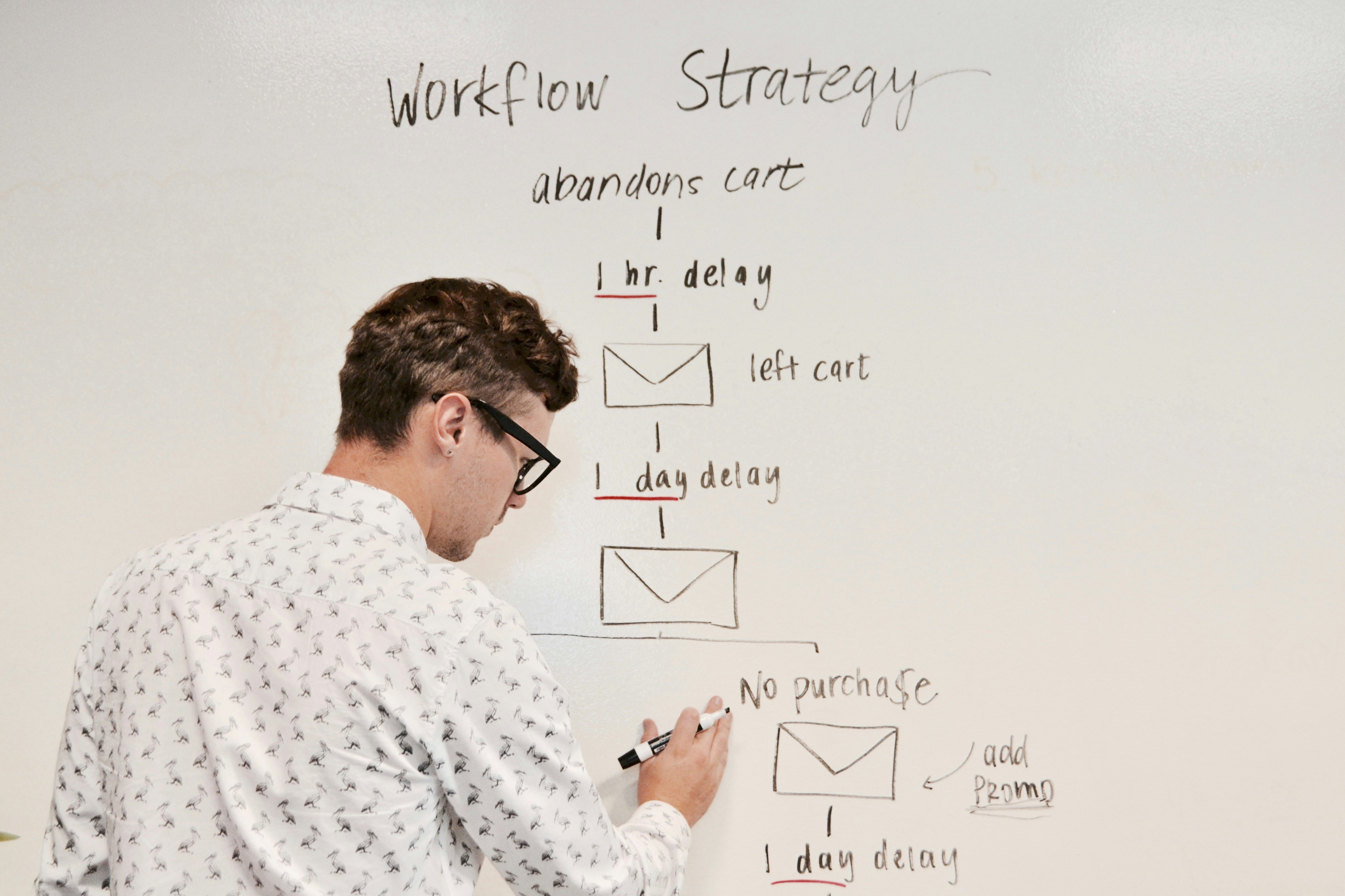Top 10 Best Actioniq Competitors (2024)
Are you looking to enhance your customer segmentation analysis and explore alternatives to ActionIQ? If so, you're in the right place! In this blog, we'll discuss ActionIQ competitors and alternatives. Whether you're a data-driven marketer or an analytics professional, finding the right customer segmentation tool is vital. Let's explore the possibilities.
If you're interested in tools that drive loyalty and growth, Rengage is a must-have! With its powerful features, you can effortlessly enhance your customer segmentation analysis and achieve your goals.
Table of Contents
- What Are Customer Data Platforms (CDPs)?
- 6 Role of CDPs in Unifying Customer Data
- 10 Importance of CDPs in modern marketing strategies
- Overview of ActionIQ
- Top 10 ActionIQ Competitors in 2024
- 6 Factors to Consider When Choosing a CDP
- Create Personalized Experiences That Drive Loyalty and Growth with Rengage — Book A Free Demo Today
What Are Customer Data Platforms (CDPs)?

A Customer Data Platform (CDP) is an essential tool that helps businesses create a unified and consistent view of their customers by collecting, integrating, and managing data from multiple sources. This consolidated data enables organizations to better understand their customers, personalize interactions, and improve marketing and customer service strategies.
Data Collection and Integration
One of the essential functions of a CDP is to gather data from various sources, including:
- Websites
- Mobile apps
- CRM systems
- Email marketing tools
- Social media
- Point-of-sale systems
This data can include transactional history, browsing behavior, demographic information, and interactions across different channels. The CDP consolidates this data to create a comprehensive view of each customer.
Data Unification
The platform integrates and merges data to create a cohesive customer profile. It resolves data discrepancies by standardizing and matching records. It often uses identifiers like:
- Email addresses
- Phone numbers
- Customer IDs
This process helps in creating a unified and accurate representation of the customer.
Data Storage
CDPs store the unified customer data in a central repository, making it accessible and usable for various applications. The storage is designed to handle large volumes of data and provide fast access to support real-time decision-making. This centralized storage simplifies data management and ensures easy access to up-to-date customer information.
Data Analysis and Insights
Advanced analytics tools within CDPs analyze the collected data to uncover insights about:
- Customer behavior
- Preferences
- Trends
This helps businesses understand their customers more deeply and make informed decisions. By analyzing customer data, organizations can tailor their marketing strategies to effectively target customers.
Data Activation
CDPs enable the activation of customer data for various purposes, such as:
- Targeted marketing campaigns
- Personalized customer service
- Sales efforts
The data can be shared with other systems, such as marketing automation tools, CRM platforms, and customer support systems. This data sharing enables organizations to effectively engage with their customers across different touchpoints.
A Customer Data Platform is crucial in helping businesses leverage customer data to enhance their marketing, sales, and customer service efforts. By centralizing and unifying customer data, CDPs provide organizations with a comprehensive view of their customers, enabling them to deliver personalized and targeted experiences.
Related Reading
- Customer Data Infrastructure
- Omnichannel Analytics
- Customer Data Integration
- Predicting Customer Behavior
- Marketing Data Platform
- Customer Data Platform Vs Data Management Platform
- Customer Data Platform Use Cases
- Best Customer Data Platform
- Customer Data Platform Capabilities
- Customer Data Platform Tools
- How To Choose Cdp
6 Role of CDPs in Unifying Customer Data

1. Holistic Customer View
CDPs create a complete 360-degree profile of each customer using data from various sources. This profile includes historical data, real-time interactions, and predictive insights, enabling businesses to better understand customer needs and preferences.
2. Improved Data Quality
CDPs ensure data accuracy and consistency by integrating and cleansing data from multiple sources. This improves:
- Data reliability
- Reduces errors
- Eliminates duplications that may occur in fragmented data systems
3. Enhanced Marketing Effectiveness
CDPs provide insights into customer behavior and preferences, supporting more efficient and effective marketing strategies. Better audience segmentation, campaign targeting, and performance measurement are possible with this enhanced marketing effectiveness.
4. Operational Efficiency
Centralizing customer data through CDPs streamlines data management processes and simplifies handling data across multiple systems, significantly improving operational efficiency. This streamlined approach allows businesses to respond more quickly and effectively to customer needs.
5. Regulatory Compliance
CDPs help businesses adhere to data privacy regulations like GDPR and CCPA by providing tools to manage consent, preferences, and data access. They ensure that customer data is handled securely and complies with legal requirements.
6. Personalized Customer Experiences
With a unified view of customers, businesses can deliver highly personalized experiences across all touchpoints. CDPs enable segmentation and targeting based on detailed customer profiles, allowing for more relevant and effective communication and engagement.
10 Importance of CDPs in modern marketing strategies

1. Unified Customer View
A Customer Data Platform (CDP) plays a vital role in shaping modern marketing strategies. One of the key advantages it offers is a unified customer view, which consolidates data from various sources into a cohesive customer profile. This comprehensive view includes demographics, behavioral data, purchase history, and interaction patterns. By integrating data from:
- Websites
- Mobile apps
- Social media
- CRM systems
- Offline interactions
This unified perspective provides marketers with valuable insights to personalize customer experiences effectively.
2. Personalization
With a comprehensive customer view comes the ability to offer personalized experiences. Marketers can leverage CDPs to tailor messages and offers to individual preferences and behaviors. Marketers can create content that resonates with customers on a personal level by analyzing customer data, including:
- Browsing history
- Past purchases
- Engagement patterns
CDPs allow for sophisticated audience segmentation. Marketers can design targeted campaigns that address specific customer needs and preferences by grouping customers based on shared characteristics or behaviors. These tailored campaigns drive improved engagement and conversion rates.
3. Enhanced Customer Engagement
CDPs enable real-time access to customer data, empowering marketers to respond promptly to behaviors and events. This capability allows for the launch of timely campaigns that engage customers when they are most receptive.
By leveraging real-time data, marketers can deliver contextually relevant messages at the ideal moment. CDPs facilitate coordinated messaging across all channels, ensuring consistent customer interactions. This omnichannel approach enhances the overall customer journey and increases engagement levels.
4. Data-Driven Personalization
Personalization is paramount in the era of data-driven marketing. CDPs empower businesses to analyze individual customer data points and create personalized content, offers, and recommendations at scale. Companies can offer:
- Customized experiences that foster loyalty and retention by understanding customer preferences and behaviors.
- Personalized offers and content are more likely to convert, increasing sales and revenue.
CDPs play a crucial role in enhancing customer lifetime value by delivering tailored experiences that resonate with customers personally.
5. Improved Marketing ROI
Efficiency is a key benefit of utilizing a CDP. CDPs reduce the time and resources required to gather and process data by streamlining data management processes. By targeting the right audience with the right message at the right time, CDPs enhance the effectiveness of marketing campaigns, leading to better returns on investment.
Detailed analytics provided by CDPs enable marketers to measure ROI accurately and optimize future strategies. Businesses can maximize marketing ROI and drive revenue growth by focusing efforts on the most valuable customer segments.
6. Predictive Analytics and Insights
CDPs leverage advanced analytics and machine learning to predict customer behaviors and trends. By analyzing historical data and identifying patterns, CDPs enable proactive marketing strategies to anticipate customer needs. Marketers can use these insights to engage customers before they even realize they have a particular need.
CDPs help businesses stay ahead of the competition by identifying emerging market trends and opportunities. By leveraging predictive analytics, companies can align their marketing strategies with future customer demands, driving sustained growth and profitability.
7. Enhanced Data Privacy and Compliance
Maintaining data privacy and compliance is crucial in the marketing landscape. CDPs are designed to handle customer data securely, ensuring compliance with regulations such as GDPR and CCPA. By managing consent and preferences effectively, CDPs build customer trust, enhancing brand reputation and loyalty.
By mitigating the risk of legal penalties and reputational damage associated with data breaches, CDPs provide peace of mind for businesses and customers alike. CDPs serve as a foundation for transparent and secure data management practices, fostering customer trust and loyalty.
8. Efficient Cross-Departmental Collaboration
Centralized data repositories provided by CDPs promote efficient collaboration across marketing, sales, customer service, and product development departments. CDPs ensure that all departments work with accurate and consistent information by providing a single source of truth for customer data.
This alignment enables departments to collaborate on integrated marketing campaigns that deliver a seamless customer experience. By breaking down silos and encouraging cross-departmental collaboration, CDPs enhance the effectiveness of marketing efforts and drive business growth.
9. Informed Strategic Decision-Making
CDPs foster a data-driven culture within organizations, encouraging businesses to base their strategies on solid data insights rather than intuition. By leveraging comprehensive customer data, marketers can accurately understand market dynamics and position their brands effectively against competitors.
With access to detailed analytics and predictive insights, strategic planning becomes more informed and results-driven. Businesses can use data to drive decision-making processes to optimize their marketing strategies and capitalize on growth opportunities.
10. Enhanced Customer Lifetime Value (CLV)
Understanding customer behavior and preferences is essential for maximizing customer lifetime value. CDPs enable businesses to create personalized loyalty programs that reward and retain high-value customers. By identifying upselling and cross-selling opportunities, companies can increase customer lifetime value and drive revenue growth.
Personalized experiences foster long-term relationships with customers, driving loyalty and retention. By leveraging data insights from CDPs, companies can build customer relationships that result in sustained revenue growth and business success.
Book a free demo to transform customer interactions into personalized experiences that drive loyalty and growth.
Overview of ActionIQ

ActionIQ is a prominent Customer Data Platform (CDP) that empowers businesses to leverage their customer data effectively for enhanced marketing and customer engagement. As a leading CDP, ActionIQ offers a strong suite of features designed to unify, manage, and activate customer data across various channels and touchpoints. ActionIQ enables businesses to harness the power of their data for strategic decision-making and personalized customer experiences; these are:
- Comprehensive data integration capabilities
- Advanced analytics, segmentation
- Personalization tools
- Integration with marketing tools
- User-friendly interface
The need for alternatives to platforms like ActionIQ is growing and is driven by varying business needs and preferences. Different industries and business models may require unique features or integrations that are better served by other CDPs. Some businesses may seek highly customizable solutions for specific data management and marketing requirements.
Balancing Cost and Features Beyond ActionIQ
Budget constraints may lead companies to explore more cost-effective options that offer essential features without the comprehensive suite provided by ActionIQ. Depending on the geographic region and regulatory landscape, businesses may need CDPs specializing in data compliance and security features tailored to specific legal requirements.
The Rise of Specialized CDP Solutions
As businesses continue to adapt to changing market demands and customer expectations, the demand for flexible and tailored CDP solutions will rise, creating opportunities for innovative platforms to emerge as viable alternatives to established industry leaders like ActionIQ.
Top 10 ActionIQ Competitors in 2024

1. Segment
Capabilities
Segment excels in data integration and customer data management. It allows businesses to collect, unify, and route data from various sources into a central hub.
Key Features
- Real-time data tracking
- Extensive integrations with over 300 tools
- Identity resolution
- Robust API support for custom solutions
Pros and Cons
Pros:
- Strong data integration capabilities.
- Real-time data updates.
- Extensive library of integrations.
Cons:
- Can be complex for small businesses to implement.
- Requires a good understanding of data management for optimal use.
Use Cases:
Businesses like IBM use Segment for real-time data analysis and enhancing customer engagement by integrating data from web and mobile applications to deliver personalized experiences.
2. Adobe Experience Platform
Capabilities
Adobe Experience Platform provides comprehensive data management and analytics tools, unifying customer data across all channels for a single customer view.
Key Features
- Unified customer profiles
- Advanced analytics
- Integration with Adobe’s suite of marketing tools
- AI-driven insights
Pros and Cons
Pros:
- Deep integration with Adobe’s products.
- Powerful analytics and data management capabilities.
Cons:
- It is high-cost, making it less accessible for smaller enterprises.
- Complex implementation process.
Use Cases:
Enterprises like The Home Depot leverage Adobe Experience Platform for personalized marketing, leveraging deep customer insights to drive targeted campaigns across multiple channels.
3. Tealium AudienceStream
Capabilities
Tealium AudienceStream focuses on real-time customer data orchestration and tag management, enhancing customer data by unifying and segmenting it.
Key Features
- Real-time action triggers
- Data enrichment
- Comprehensive tag management
- Strong privacy compliance tools
Pros and Cons
Pros:
- Excellent real-time data capabilities.
- Strong compliance with data privacy regulations.
Cons:
- Technical expertise is required for optimal setup and use.
- Can be resource-intensive to manage.
Use Cases:
Companies like Gap Inc. use Tealium for dynamic customer engagement, leveraging real-time data to create personalized shopping experiences and ensuring data privacy compliance.
4. Treasure Data
Capabilities
Treasure Data excels in handling large-scale customer data and integrating IoT data, providing flexibility in data ingestion and robust analytics.
Key Features
- Flexible data ingestion
- Powerful analytics
- Machine learning integration
- Ability to handle large data volumes
Pros and Cons
Pros:
- Scalable for handling vast amounts of data.
- Advanced analytics capabilities.
Cons:
- Complex setup and integration processes.
- Higher costs associated with large-scale implementations.
Use Cases:
Automotive companies like Subaru use Treasure Data for large-scale data analysis, enhancing customer experiences by integrating data from connected vehicles and customer interactions.
5. BlueConic
Capabilities
BlueConic specializes in customer data unification and personalization, focusing on real-time customer profiles and dynamic content delivery.
Key Features
- Real-time customer profiles
- Advanced segmentation
- Personalized content delivery across various channels
Pros and Cons
Pros:
- User-friendly interface.
- Strong focus on customer personalization.
Cons:
- Limited advanced analytics capabilities.
- May lack features for complex data analysis needs.
Use Cases:
Retailers like Heineken use BlueConic to deliver personalized marketing messages and optimize customer journeys by unifying customer data from various touchpoints.
6. Salesforce Customer 360
Capabilities
Salesforce Customer 360 unifies customer data across the Salesforce ecosystem, providing comprehensive CRM integration and real-time insights.
Key Features
- Robust CRM tools
- Real-time data integration
- Unified customer profiles
- Seamless Salesforce product integration
Pros and Cons
Pros:
- Seamless integration with Salesforce products.
- Powerful CRM capabilities.
Cons:
- Dependence on the Salesforce ecosystem.
- Can be costly for smaller businesses.
Use Cases:
Companies like Coca-Cola use Salesforce Customer 360 to manage customer relationships comprehensively, providing integrated data insights for sales, marketing, and service.
7. mParticle
Capabilities
mParticle focuses on data integration and customer data infrastructure, offering real-time data pipelines and robust data governance.
Key Features
- Real-time data synchronization
- Customer identity resolution
- Extensive integrations
- Data governance tools
Pros and Cons
Pros:
- Real-time data handling.
- Extensive integration options.
Cons:
- Complexity in use, especially for non-technical users.
- Requires a strong understanding of data workflows.
Use Cases:
Companies like Airbnb use mParticle for real-time data synchronization, enhancing personalized customer experiences by integrating data from multiple sources.
8. Oracle CX Unity
Capabilities
Oracle CX Unity provides a unified customer view with powerful analytics and AI-driven insights, integrating customer data across Oracle’s suite.
Key Features
- Advanced analytics
- Real-time data integration
- AI-driven customer insights,
- Comprehensive data management tools
Pros and Cons
Pros:
- Deep integration with Oracle products.
- Powerful data analytics capabilities.
Cons:
- High cost and complexity.
- Requires significant resources for implementation.
Use Cases:
Enterprises like Siemens use Oracle CX Unity for comprehensive customer analytics, leveraging data for personalized marketing and improved customer engagement.
9. Amperity
Capabilities
Amperity specializes in customer data unification and identity resolution, providing robust data deduplication and segmentation tools.
Key Features
- Customer data integration
- Identity resolution
- Data deduplication
- Integration with marketing tools
Pros and Cons
Pros:
- Strong identity resolution capabilities.
- Easy to use with a focus on simplifying customer data management.
Cons:
- Limited advanced analytics features.
- May not support highly complex data requirements.
Use Cases:
Retailers like Brooks Running use Amperity to create unified customer profiles, which enable targeted marketing campaigns and enhance customer loyalty.
10. Lytics
Capabilities
Lytics offers predictive analytics and real-time customer segmentation, focusing on machine learning-driven insights and cross-channel integration.
Key Features
- Predictive analytics
- Customer journey mapping
- Real-time segmentation
- Machine learning-driven insights
Pros and Cons
Pros:
- Strong predictive analytics capabilities.
- User-friendly interface with intuitive tools.
Cons:
- Limited customization for highly complex use cases.
- May not suit businesses with very specialized data needs.
Use Cases:
Companies like Nestlé use Lytics for predictive marketing, leveraging customer data to optimize engagement strategies and improve marketing outcomes.
No-Code Customer Journey Orchestration
We provide a comprehensive solution for managing and enhancing customer journeys, delivering insights and measurable outcomes with no code. We accelerate your customer journey from onboarding and activation to conversion and churn, enabling customers to unlock revenue from their existing users.
With Rengage, you can get insights into your segments, run campaigns with an intuitive journey manager, and get insights to measure how your journeys impact users conversion through our journey moments and journey builder features.
- Journey Moments: insights into your micro-segments
- Journey Builder: intuitive multi-channel marketing automation
- Insights prediction and attribution
Book a free demo to transform customer interactions into personalized experiences that drive loyalty and growth.
6 Factors to Consider When Choosing a CDP

1. Data Integration Capabilities
Data integration is fundamental to the effectiveness of a CDP. The platform should seamlessly integrate data from various sources, including CRM systems, websites, mobile apps, social media platforms, and offline channels.
Data Sources Compatibility
Ensure the CDP can connect with all your organization's existing data sources, such as databases, cloud services, and third-party applications.
Ease of Integration
Look for platforms that offer pre-built connectors and APIs, which facilitate easier integration and reduce the need for custom development.
Real-Time Integration
Consider whether the CDP supports real-time data synchronization, which is crucial for up-to-date customer insights and timely marketing actions.
2. Data Management and Quality
The ability to manage and ensure data quality is vital for the accuracy and reliability of customer profiles.
Data Cleansing
The CDP should offer robust data cleansing capabilities to remove duplicates, correct errors, and standardize data formats.
Data Enrichment
Features like data enrichment help enhance customer profiles with additional information, improving the depth and value of insights.
Data Privacy and Compliance
Ensure the CDP has strong data privacy features and compliance with regulations such as GDPR, CCPA, and other relevant data protection laws.
3. Customer Profile Unification and Identity Resolution
A CDP must be able to unify customer data from different touchpoints into a single, coherent profile and resolve multiple identifiers for the same customer.
Identity Resolution
Look for features matching and merging data from various sources to create a single customer identity.
Profile Enrichment
The CDP should allow for continuous enrichment of customer profiles with new data as it becomes available.
Cross-Channel Unification
Ensure the platform can combine online and offline data to provide a complete view of customer interactions.
4. Segmentation and Personalization Capabilities
Effective segmentation and personalization are key to delivering tailored marketing messages and improving customer engagement.
Dynamic Segmentation
The CDP should offer advanced segmentation capabilities, allowing you to create dynamic segments based on customer behavior, demographics, and preferences.
Real-Time Personalization
Look for platforms that support real-time personalization. This will enable you to deliver targeted content and offers based on current customer activity.
A/B Testing and Optimization
Features for testing different segments and personalized messages can help optimize marketing efforts and improve conversion rates.
5. Analytics and Reporting Tools
Comprehensive analytics and reporting tools are necessary to derive actionable insights from your customer data.
Predictive Analytics
The CDP should support predictive analytics, helping you forecast customer behavior and identify potential trends.
Reporting and Dashboards
Look for robust reporting features that provide insights into customer interactions, campaign performance, and overall customer journey.
Data Visualization
Effective data visualization tools can help understand complex data and make informed decisions.
6. Scalability and Flexibility
A CDP should be able to scale with your business and offer flexibility to adapt to changing requirements.
Scalability
Ensure the CDP can handle increasing volumes of data and users as your business grows without compromising performance.
Customization
Look for platforms offering customization options to tailor the solution to your business needs and workflows.
Future-Proofing
Consider whether the CDP can integrate new technologies and adapt to evolving market trends.
Related Reading
- CDP Personalization
- Customer Retention Automation
- Customer Data Integration Best Practices
- Real Time Customer Segmentation
- Chat CDP
- Customer Data Platform Implementation
- Benefits Of A Customer Data Platform
- Customer Segmentation Solutions
- Omnichannel Measurement
- AI Customer Segmentation
- AI CDP
- Customer Data Platform GDPR
- Customer Data Platform Costs
Create Personalized Experiences That Drive Loyalty and Growth with Rengage — Book A Free Demo Today
Rengage by ActionIQ Competitor provides a comprehensive solution for managing and enhancing customer journeys with no code. This platform accelerates the customer journey from onboarding to churn, enabling businesses to unlock revenue from existing users. With Rengage, users gain insights into their segments, run campaigns with an intuitive journey manager, and measure the impact of their journeys through Journey Moments and Journey Builder features.
Journey Moments & Micro-Segmentation
Journey Moments offer insights into micro-segments, helping businesses better understand their audience's behavior. Meanwhile, Journey Builder provides an intuitive multi-channel marketing automation tool that allows for the seamless execution of marketing strategies across various platforms. Rengage offers insights prediction and attribute features, which provide valuable data to help businesses understand the effectiveness of their marketing efforts.
Personalized Engagement & Growth
Rengage by ActionIQ Competitor allows businesses to transform customer interactions into personalized experiences that drive loyalty and growth. By utilizing the tools and features within the platform, businesses can gain a competitive edge in the market and foster long-lasting relationships with their customers. Ready to take your customer interactions to the next level?
Book a free demo with Rengage today and discover how you can optimize your customer journey for success.
Related Reading
- Emarsys Competitors
- Blueconic CDP
- Totango Competitors
- Segment Alternatives
- Ecommerce CDP
- CDP Marketing Automation
- Customer Data Platform Vs Marketing Automation
- Customer Data Management Best Practices
- Centralized Marketing Data







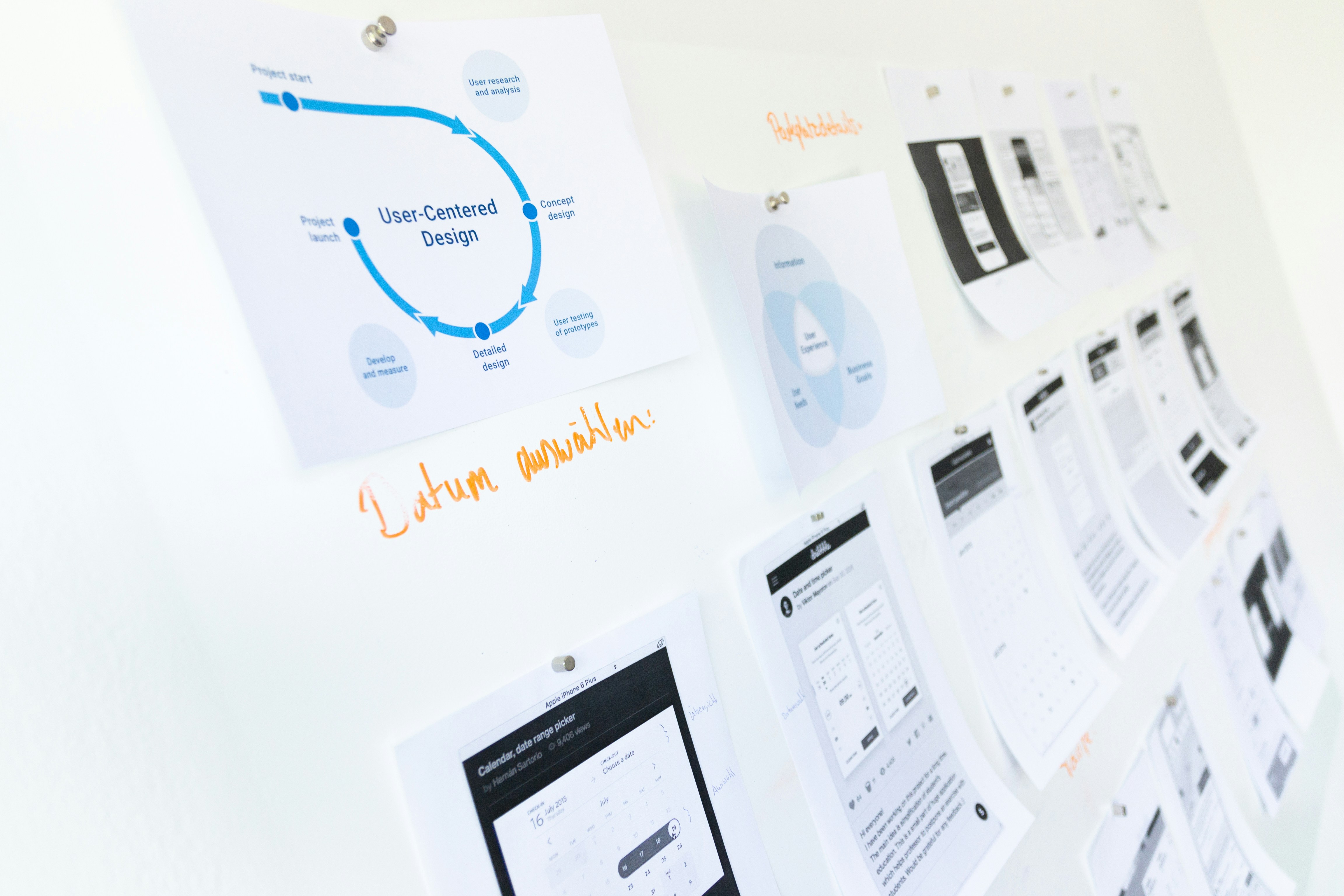





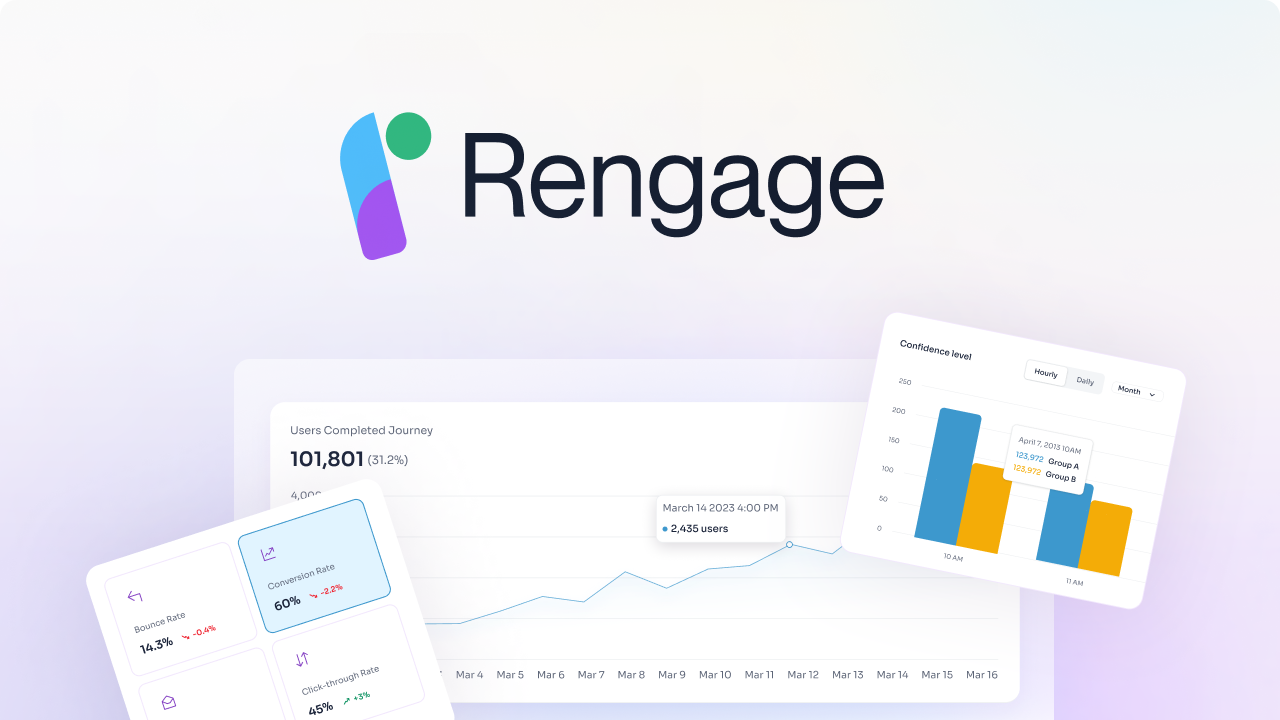




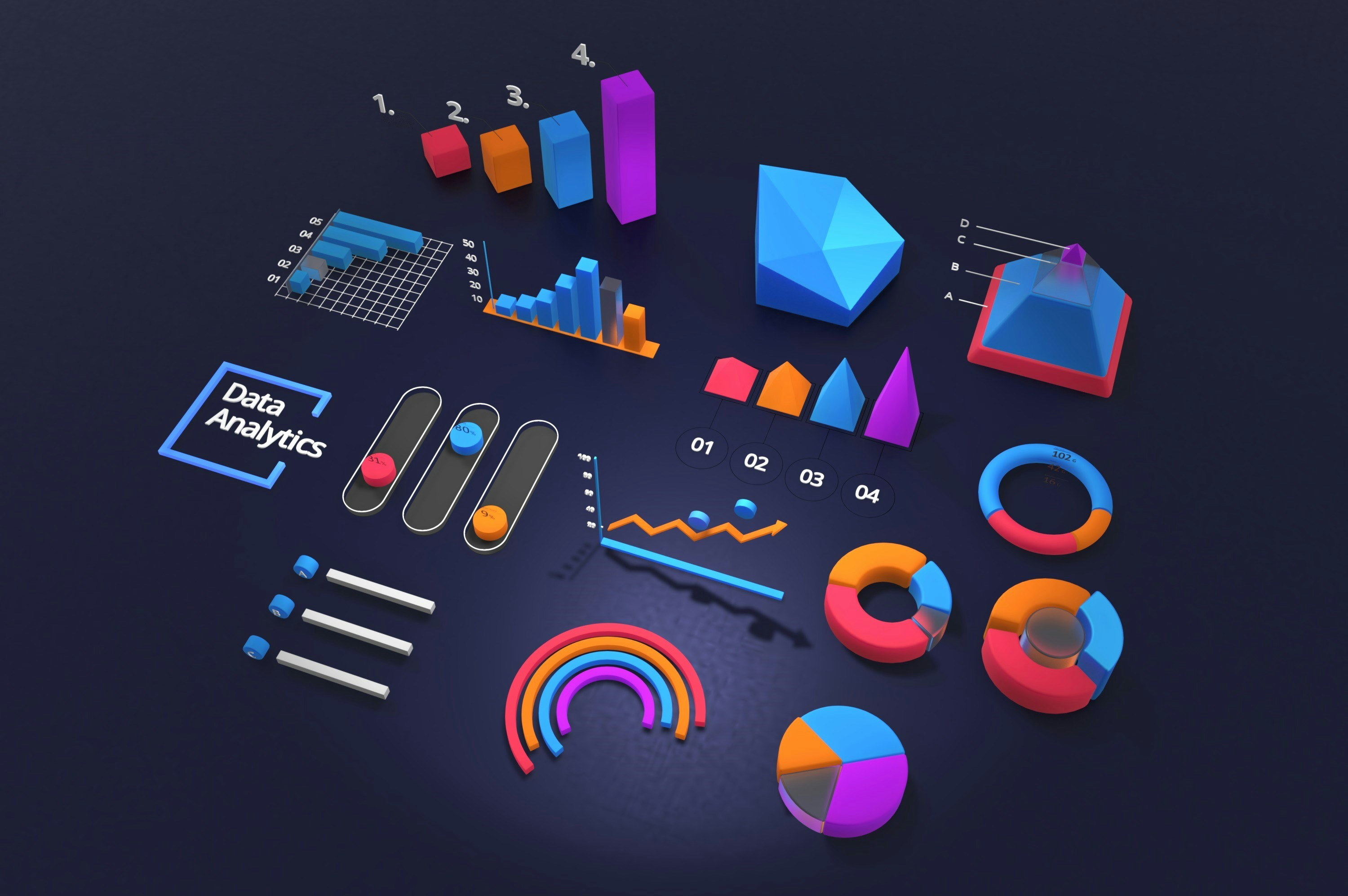








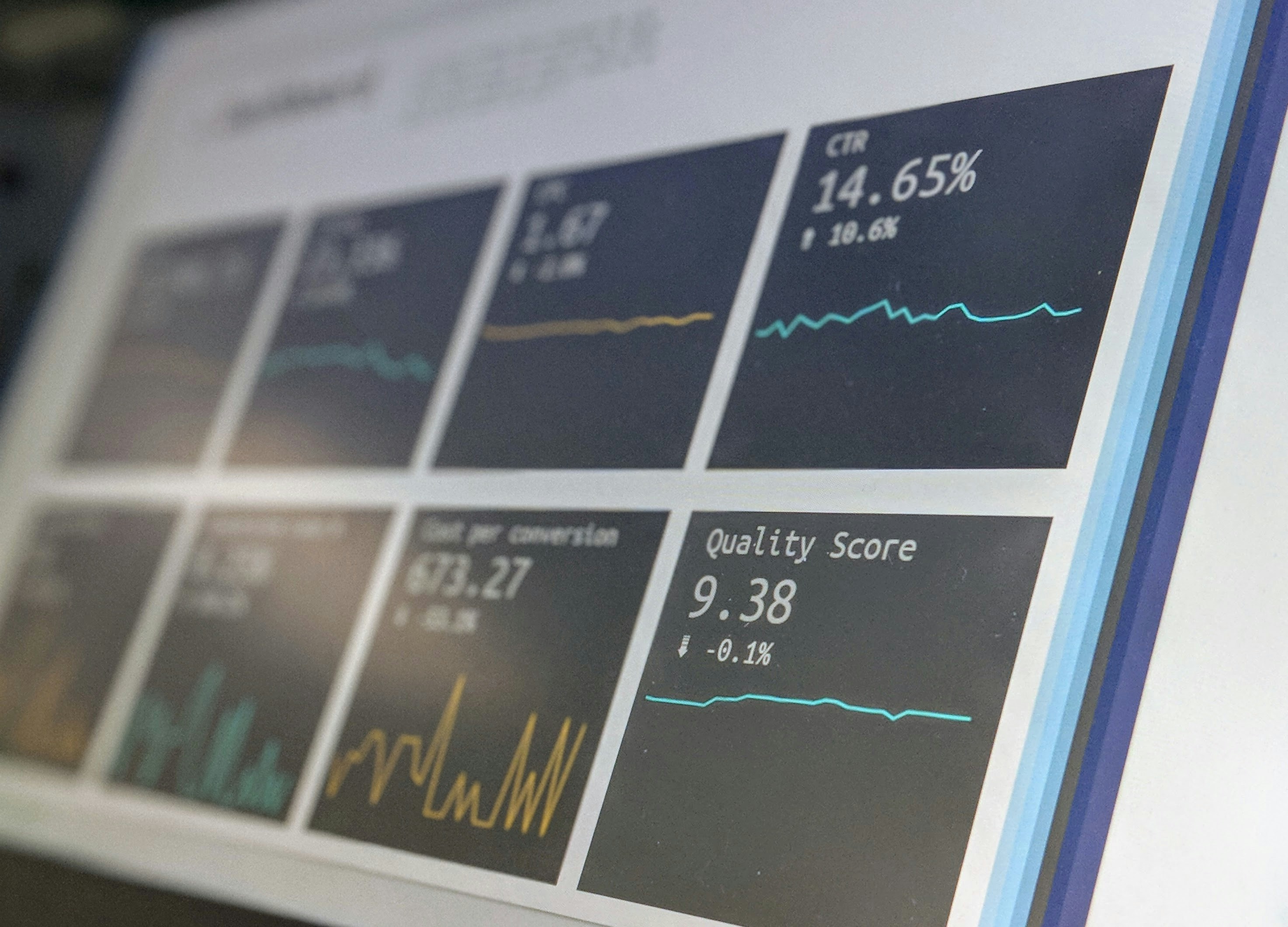
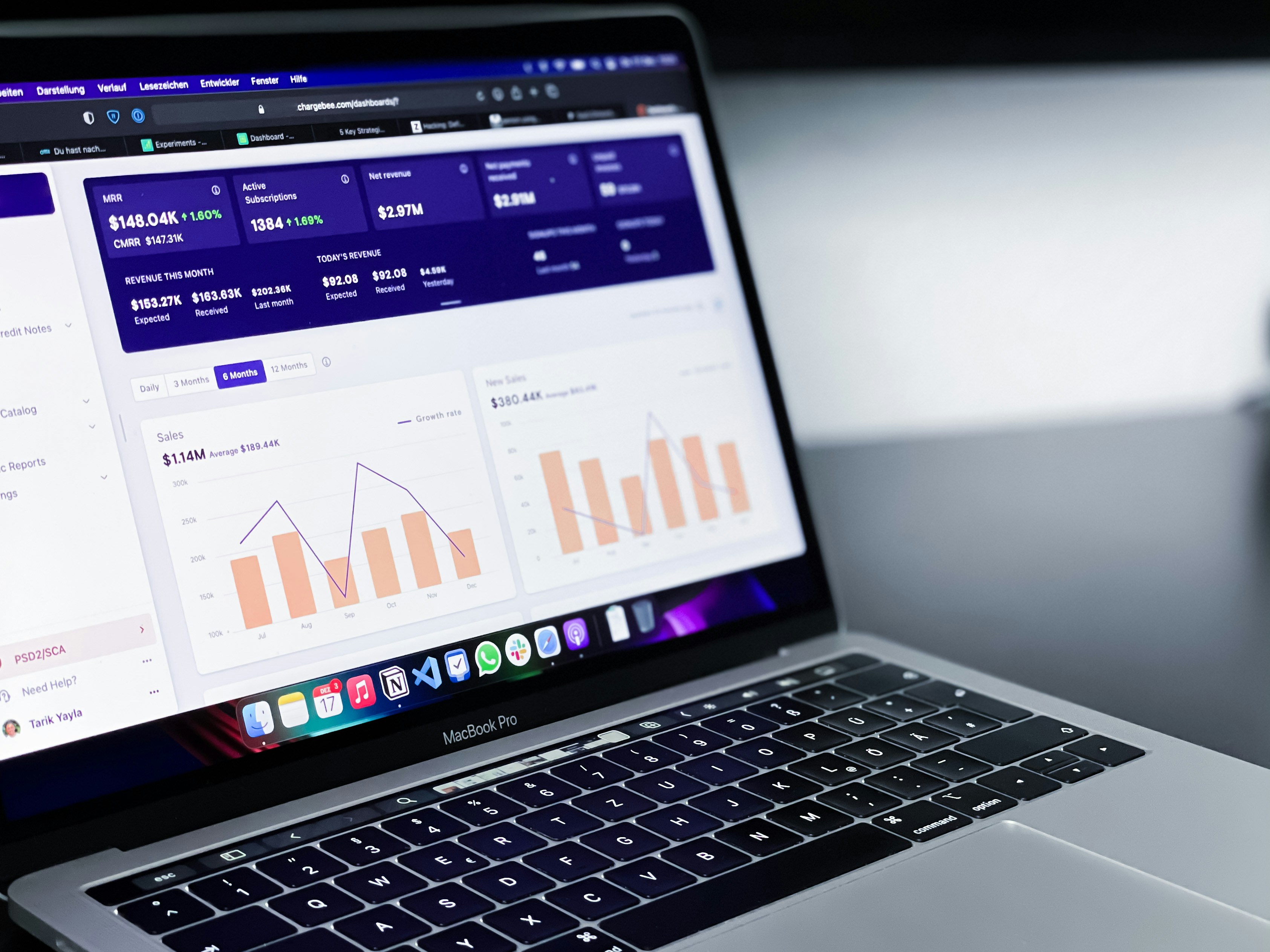




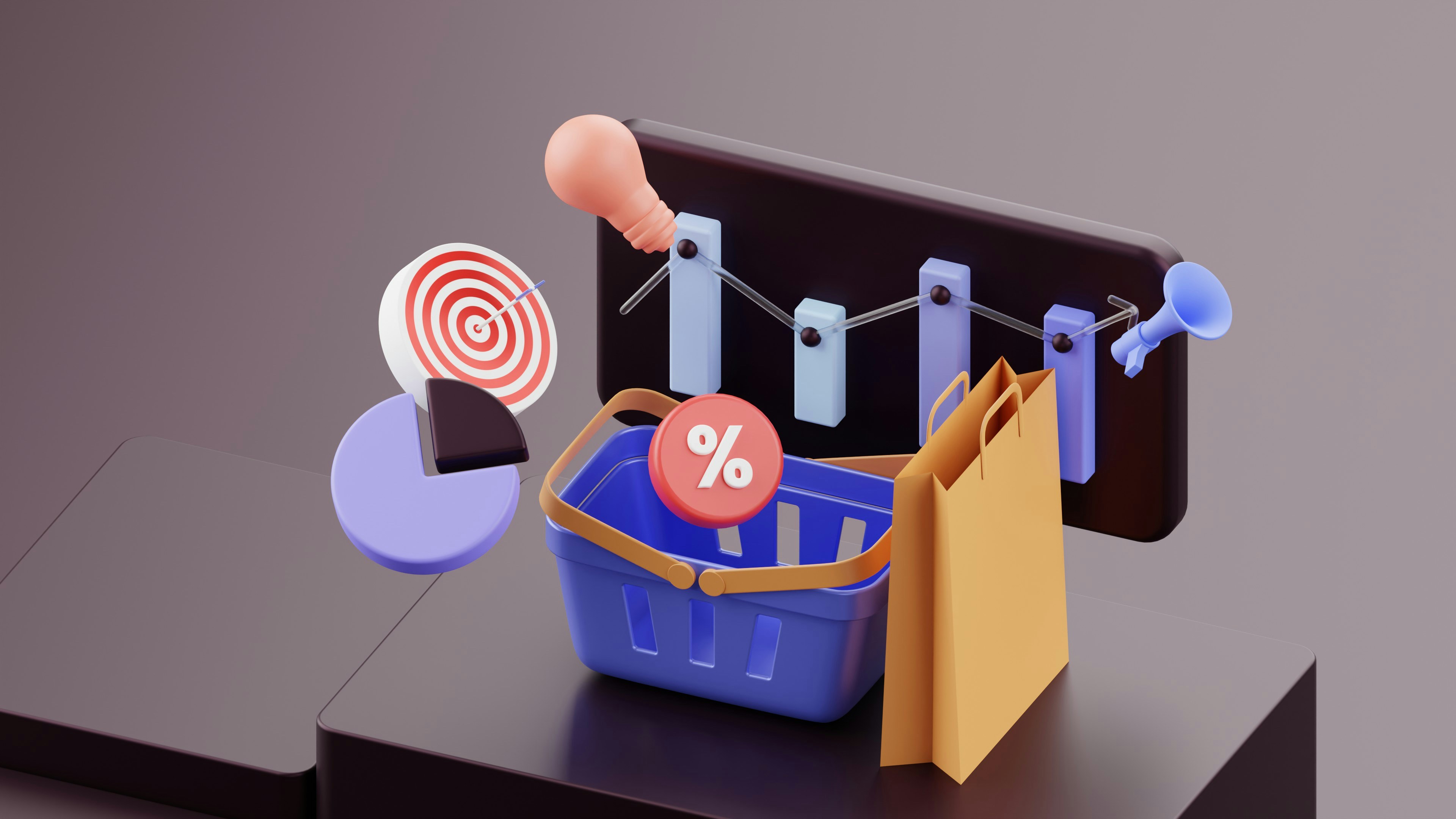





 Marketing Automation Platforms (MAPs) streamline repetitive marketing tasks such as email marketing, social media scheduling, and lead nurturing. They allow you to create automated workflows based on pre-defined triggers and customer actions, fostering efficient communication and engagement.
Marketing Automation Platforms (MAPs) streamline repetitive marketing tasks such as email marketing, social media scheduling, and lead nurturing. They allow you to create automated workflows based on pre-defined triggers and customer actions, fostering efficient communication and engagement.
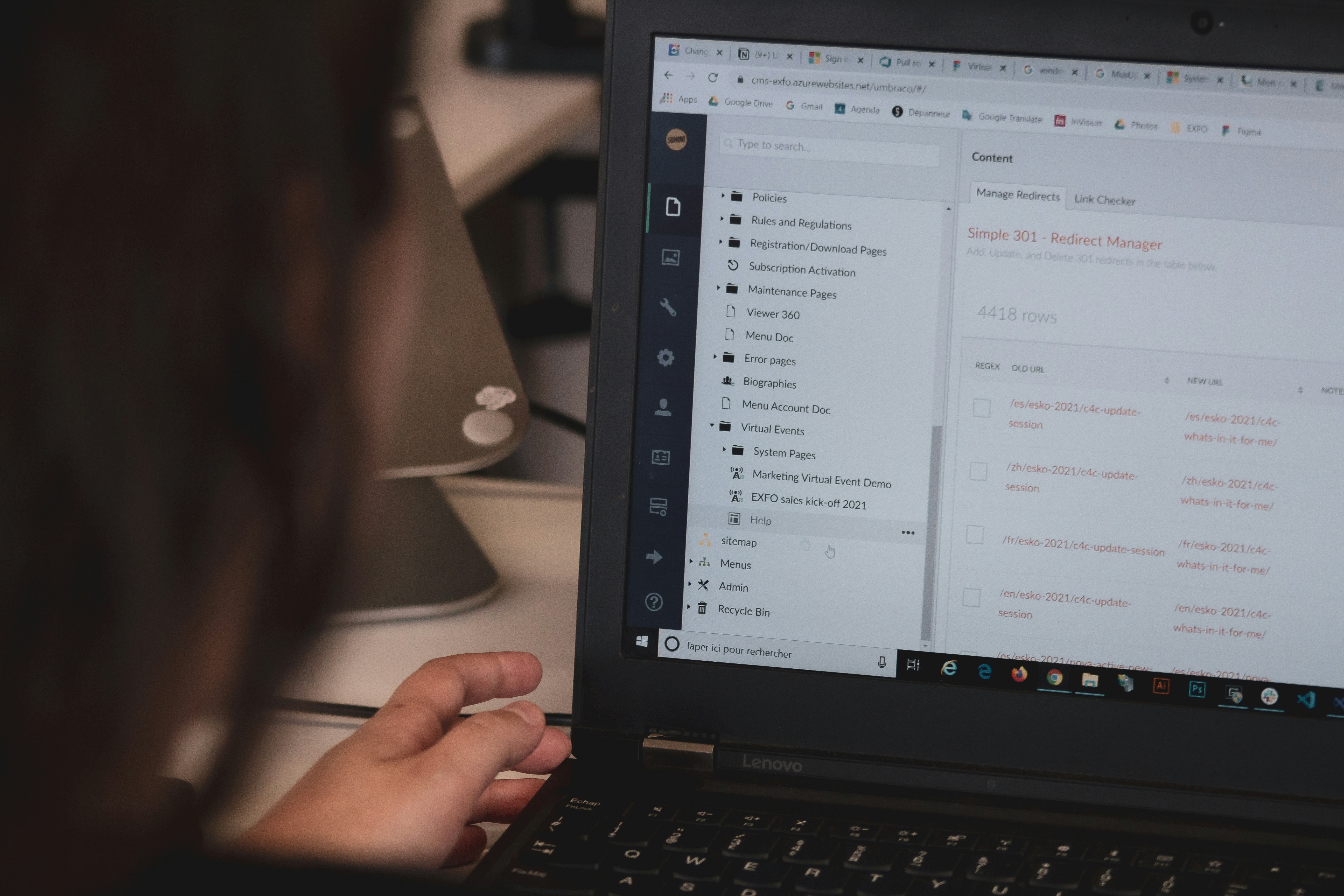
 By integrating Customer Data Platforms (CDPs) and Marketing Automation Platforms (MAPs), you can leverage the strengths of both platforms. CDPs provide rich customer data that fuels highly personalized and targeted marketing campaigns executed through MAPs.
By integrating Customer Data Platforms (CDPs) and Marketing Automation Platforms (MAPs), you can leverage the strengths of both platforms. CDPs provide rich customer data that fuels highly personalized and targeted marketing campaigns executed through MAPs.
 A Customer Data Platform (CDP) is designed to collect, analyze, and provide a comprehensive view of customer data, creating a 360-degree customer profile across various channels. This rich, unified data empowers marketers to deliver highly personalized experiences and targeted campaigns.
A Customer Data Platform (CDP) is designed to collect, analyze, and provide a comprehensive view of customer data, creating a 360-degree customer profile across various channels. This rich, unified data empowers marketers to deliver highly personalized experiences and targeted campaigns. Businesses can unlock a new level of marketing effectiveness by using a Customer Data Platform (CDP) alongside marketing automation. CDP's rich customer data enables marketing automation to create highly
Businesses can unlock a new level of marketing effectiveness by using a Customer Data Platform (CDP) alongside marketing automation. CDP's rich customer data enables marketing automation to create highly  In e-commerce, personalization is a game-changer for driving sales and fostering customer loyalty. By harnessing the power of customer data platforms (CDPs) and marketing automation, businesses can more deeply understand customer behavior patterns, purchase history, and preferences.
In e-commerce, personalization is a game-changer for driving sales and fostering customer loyalty. By harnessing the power of customer data platforms (CDPs) and marketing automation, businesses can more deeply understand customer behavior patterns, purchase history, and preferences.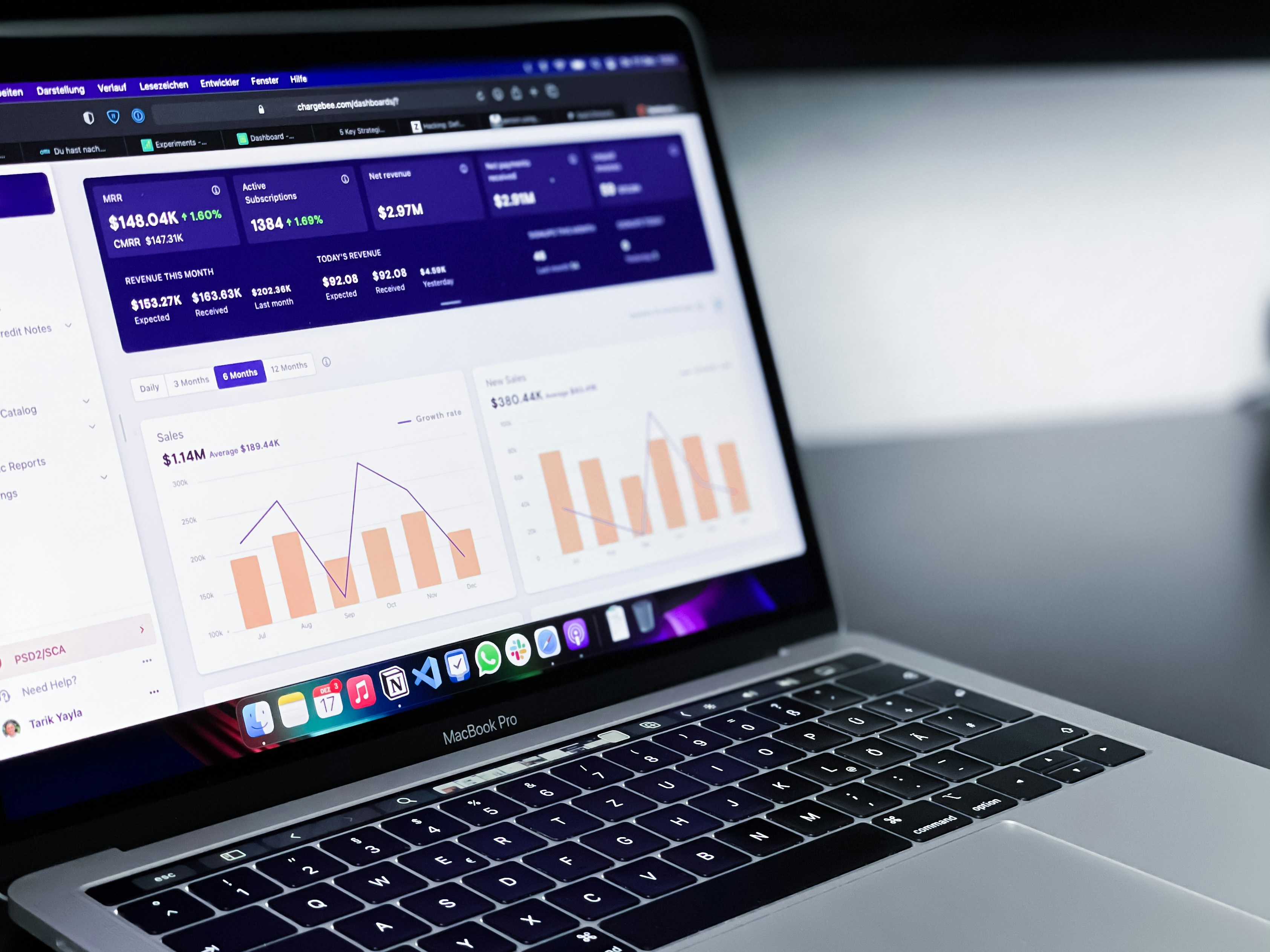 Traditional marketing automation platforms present several limitations that can hinder a company's marketing efforts:
Traditional marketing automation platforms present several limitations that can hinder a company's marketing efforts: